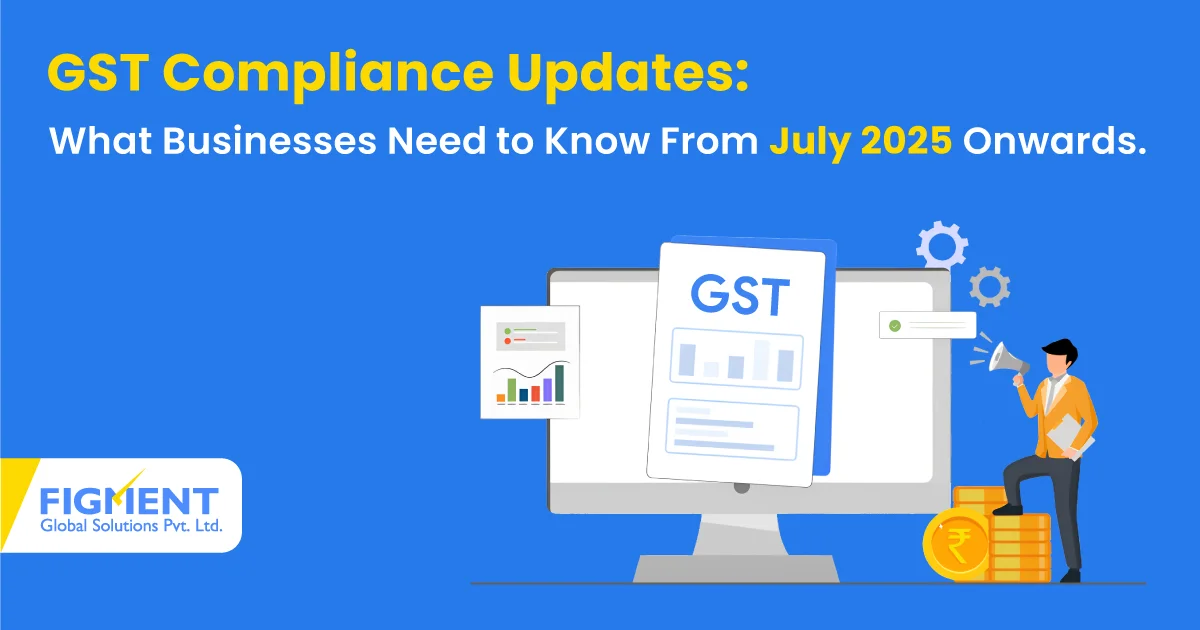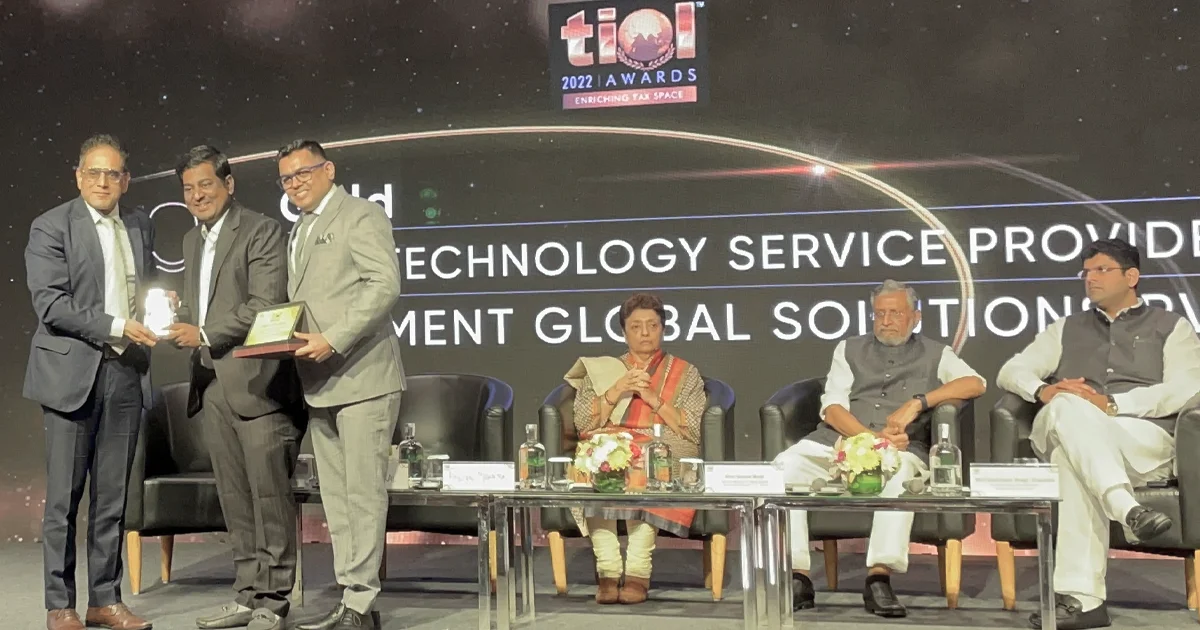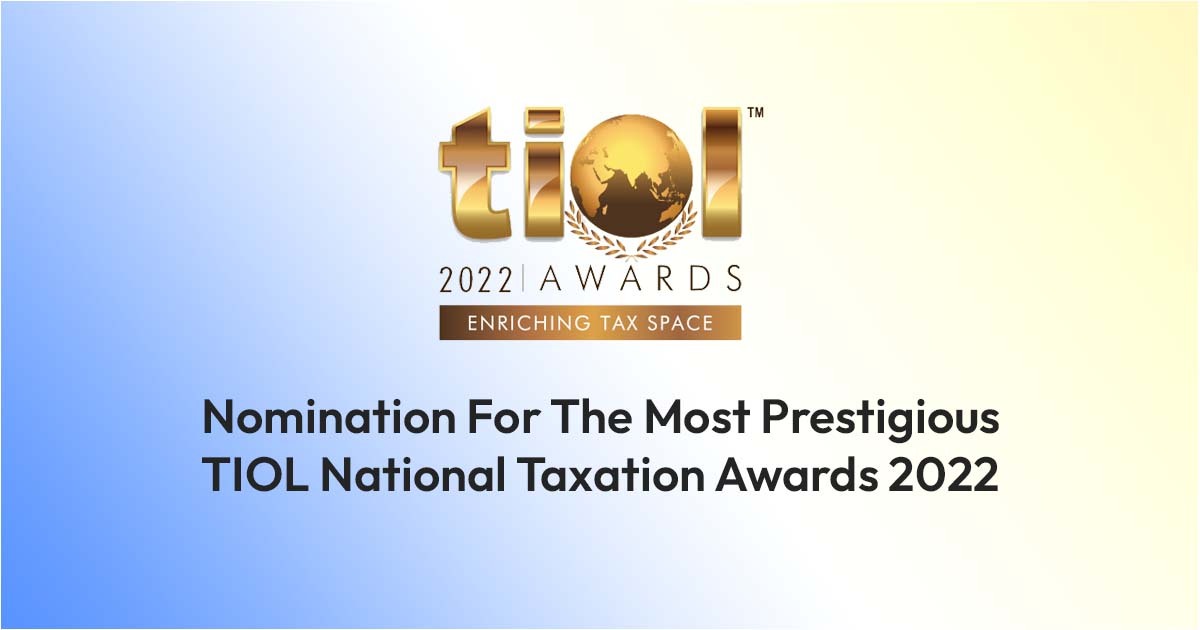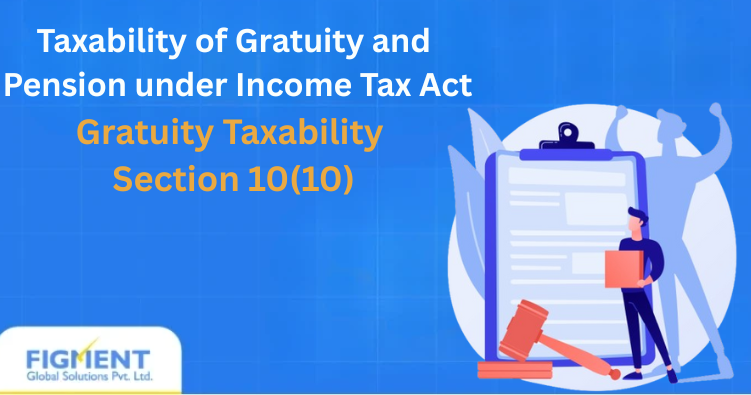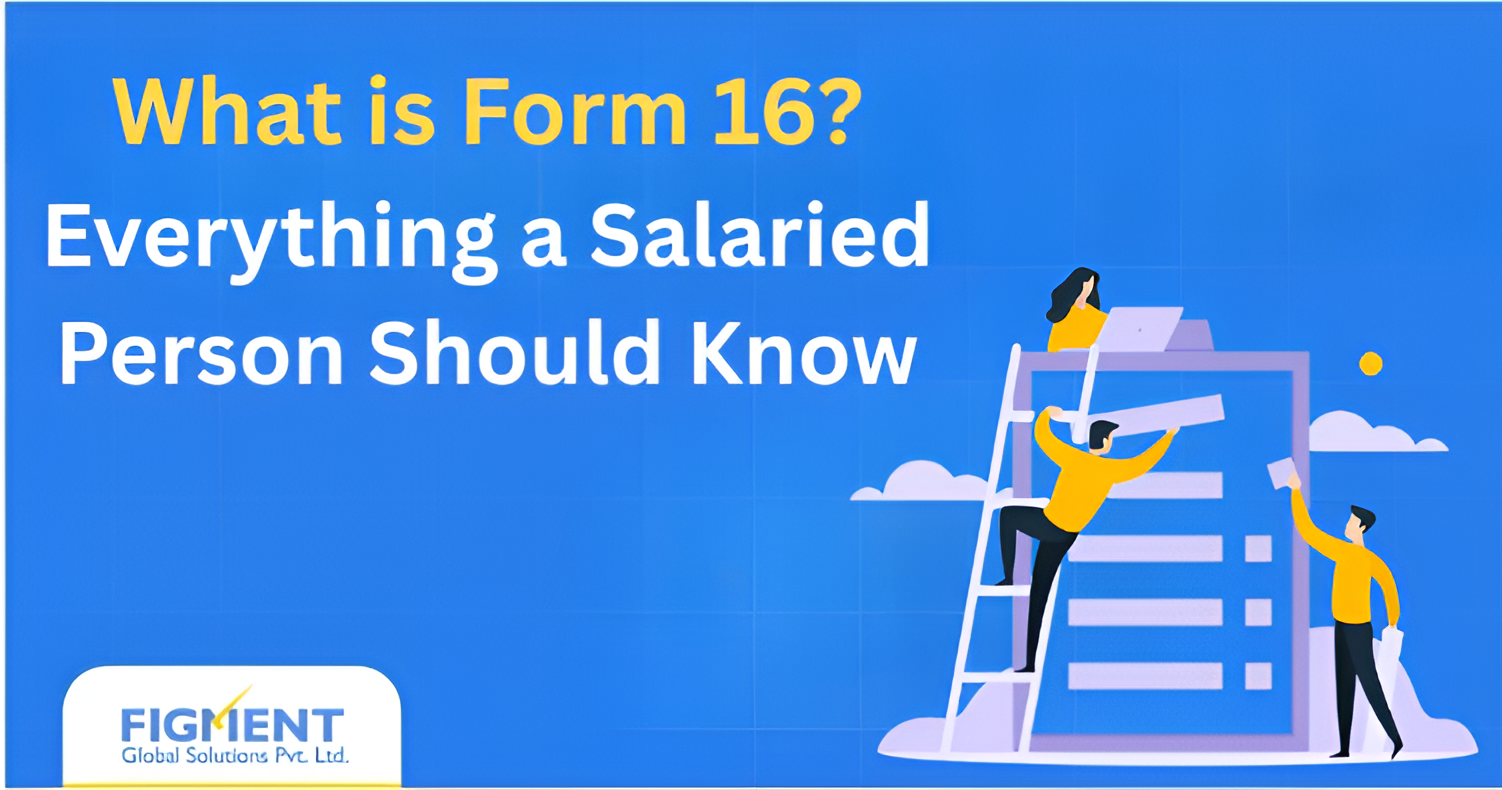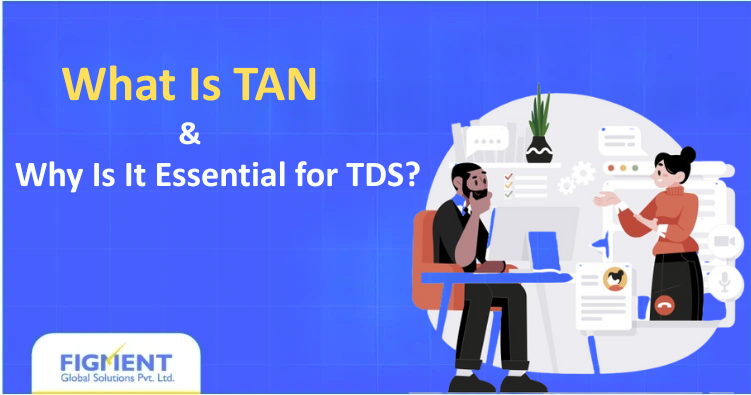As GST evolves, the government continues to strengthen compliance, simplify processes, and enable smarter digital infrastructure. Several key changes are being implemented starting July 2025. This article highlights the major GST compliance updates that all businesses, accountants, and tax professionals need to understand and act upon.
1. GST Return Filing Barred After 3 Years
Effective from: August 1, 2025 (via Notification No. 28/2023 w.e.f. 1.10.23)
A significant compliance change introduced by the Finance Act, 2023 is that taxpayers can no longer file GST returns after 3 years from their original due dates. This applies to the following returns:
- GSTR-1 (Outward Supplies)
- GSTR-3B (Summary Return)
- GSTR-4 (Composition Scheme)
- GSTR-5, 5A, 6, 7, 8 (Non-residents, Input Service Distributor, TDS/TCS returns)
- GSTR-9/9C (Annual Returns)
Key Impact:
From August 1, 2025, the portal will block returns for the periods listed below:
| Form | Latest Return Period Allowed |
| GSTR-1 (Monthly) | June 2022 |
| GSTR-1 (Quarterly) | Q1 FY 2022–23 |
| GSTR-3B (Monthly) | June 2022 |
| GSTR-3B (Quarterly) | Q1 FY 2022–23 |
| GSTR-4 | FY 2021–22 |
| GSTR-5, 6, 7, 8 | June 2022 |
| GSTR-9/9C | FY 2020–21 |
Recommendation:
If you have any pending returns approaching the 3-year deadline, file them immediately to avoid permanent non-compliance.
2. GSTR-3B Becomes Non-Editable from July 2025
Effective Tax Period: July 2025 (due in August 2025)
GSTN has announced a major change in how GSTR-3B will function. Going forward:
- The tax liability in GSTR-3B will auto-populate from GSTR-1/IFF.
- Manual editing of this liability will no longer be allowed.
To address possible errors in GSTR-1/IFF, a new form — GSTR-1A — has been introduced. This allows suppliers to correct mistakes in outward supplies before filing GSTR-3B.
What You Should Do:
- Carefully verify and validate GSTR-1/IFF details.
- Use GSTR-1A to make necessary corrections within the same tax period.
- Once GSTR-3B is filed, corrections cannot be made retroactively.
3. Launch of E-Way Bill 2.0 Portal
Go Live Date: July 1, 2025
Portal: https://ewaybill2.gst.gov.in
NIC has launched E-Way Bill 2.0, a next-gen platform that works in sync with the current EWB system and enables uninterrupted business operations.
Key Features:
- Dual Access: Use either portal interchangeably.
- Real-Time Sync: Instant reflection of changes across both portals.
- New Tools: Enhanced features like consolidated e-way bills, validity extensions, and real-time transporter updates.
- API Ready: Seamless ERP and software integration through APIs.
Action Point:
Begin onboarding your logistics or ERP system with the E-Way Bill 2.0 portal for smooth transition and continued compliance.
4. Handling Rejected Records on the Invoice Matching System (IMS)
GSTN has also clarified the handling of wrongly rejected invoices, debit/credit notes, and ECO-documents on the Invoice Matching System (IMS). Here’s how different scenarios are addressed:
1. Scenario : ITC Not Availed Due to Rejection
If a recipient wrongly rejected a document but filed GSTR-3B:
- The supplier should re-report the same document (unchanged) in GSTR-1A (same period) or amend it in future GSTR-1/IFF.
- Once accepted, the recipient can recompute GSTR-2B and claim ITC based on the amended record.
2. Scenario : Impact on Supplier’s Liability
- If a supplier re-reports the same value:
- No increase in liability occurs since only differential (delta) value is considered in the amendment table.
3. Scenario : Reversal of Credit Note ITC
- If a Credit Note was rejected and GSTR-3B was already filed:
- The supplier must re-submit the CN in GSTR-1A or an amendment table.
- Recipient can accept the amended CN on IMS and recompute GSTR-2B to reverse ITC.
4. Scenario : Liability Adjustment for Suppliers
- Initially, liability increases due to rejection.
- Once the same CN is re-submitted, liability reduces by the same amount.
- Net effect is neutral – liability is adjusted once.
Final Thoughts of Expert:
These updates mark a strong push toward automation, data accuracy, and real-time reconciliation in the GST ecosystem. Here’s a quick checklist:
- File any GST returns due before August 2025 to avoid permanent closure.
Start using GSTR-1A to ensure clean GSTR-3B filings. - Integrate with E-Way Bill 2.0 ahead of the transition.
Use IMS tools to handle rejections and ensure correct ITC reporting.
For support on system integration, return filing, or compliance queries, reach out to your tax advisor or our expert GST team.

